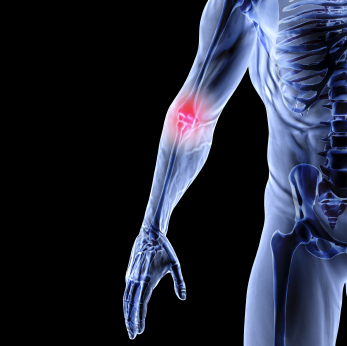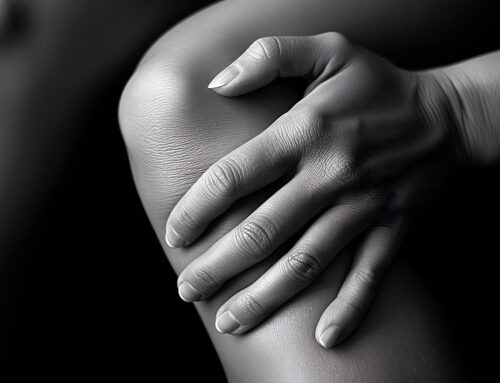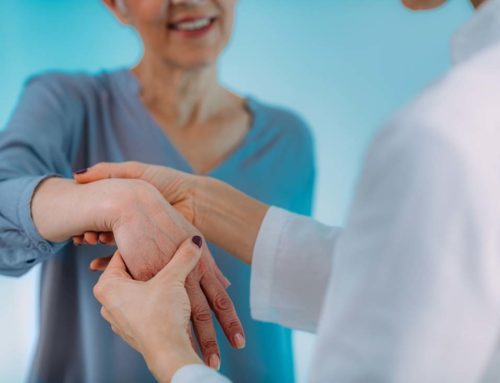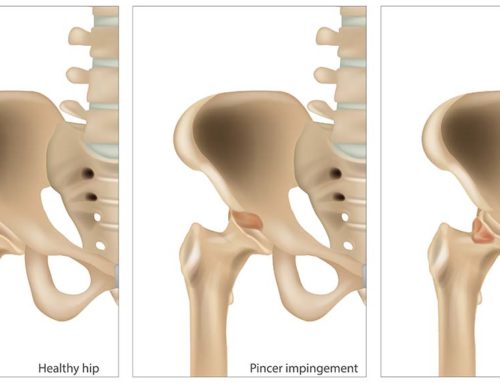Tendinosis, Tendinopathy or Tendonitis?
Tendonitis is a very common term used to describe injuries affecting various tendons in the body. Specific examples include achilles tendonitis, bicipital tendonitis, extensor tendonitis (tennis elbow or lateral epicondylitis) and flexor tendonitis (golfer’s elbow or medial epicondylitis). There is now ample peer reviewed published research which tells us that it is an inaccurate term for most of these injuries, yet unfortunately, it continues to be used incorrectly by many healthcare and fitness professionals.
Tendonitis or Tendinitis
Many tendon injuries that have been inaccurately called “tendonitis” are treated with ice, anti-inflammatories or various physiotherapy / rehabilitation modalities. The thought process in this approach is to reduce inflammation in the tendon (which is the “itis” portion of the term “tendonitis”). New research examining the tissue composition of chronically injured tendons has consistently found a lack of inflammatory markers. Instead, analysis reveals marked degeneration of the tendon and a change in fibre composition. In simple terms, these tendons aren’t inflamed but rather degenerated and frayed. A treatment approach primarily geared toward reducing inflammation can be then expected to have little to no effect!
Tendinopathy or Tendinosis
The reality is a true tendonitis (where inflammation of the tendon is the primary dysfunction) is a rare occurrence. “Tendinopathy” or “tendinosis” are now considered appropriate terms to describe the more common tendon dysfunction (described as degeneration above). Although this change in terminology might make you sound clever at your next cocktail party, it’s not just about semantics; it’s about choosing a treatment approach and management strategy that is most likely to deliver results.
RSI – Repetitive Strain Injury
Some authors suggest that tendinopathy is caused by repetitive use of a tendon leading to tiny tears (microtears) in the tissue. These tears cause a healing response whereby the body uses a poorer type of tissue (collagen) to re-build the tendon. This sub-optimal tissue type further weakens the overall tendon, leaving it more susceptible to further tearing and thereby creating a vicious cycle of injury. Logic would then dictate that breaking the injury cycle is necessary before proper healing can occur. Unfortunately, this may require discontinuing or altering an activity related to your job, your exercise routine, or a sport that you love to do.
Treatment for Tendons
Once the tendon is allowed to heal and prevented from further tearing, the goal is to realign and rearrange some of the disorganized, degenerated tissue. Our clinic has found great success using active release technique and graston technique for this purpose. Sometimes, we will use our bioflex laser to assist in healing and strengthening of the tendon. Of course, rehabilitative exercises (with a focus on eccentric contraction of the involved tissue) are usually part of the management plan.
Tips From Your Burlington Sports Therapist…
So the next time you think you have a “tendonitis”, keep a few things in mind;
- Inflammation is unlikely to be the underlying problem. The more likely scenario is that tendon fibres are disorganized and disrupted.
- A true inflammatory condition affecting the tendon (which is rare) usually resolves fairly quickly (within a few weeks). A tendinosis or tendinopathy involves damage to tissue; tendon cells can take months to heal!
- “Working through the pain” will rarely help the injury but rather prolong the injury cycle (more microtearing of weakened tendon) and turn a small problem into a larger one.
Tennis elbow, golfer’s elbow, achilles tendonitis, lateral epicondylitis, medial epicondylitis, patellar tendonitis, plantar fasciitis, bicep tendonitis, bicipital tendonitis and elbow tendonitis are all commonly diagnosed conditions that can be treated and termed incorrectly. Call our clinic to have your condition diagnosed and treated appropriately!
References
Alfredson, H., Pietila, T., Jonsson, P., Lorentzon, R. Heavy load eccentric calf muscle training for the treatment of chronic achilles tendinosis. American Journal of Sports Medicine 1998; 26: 360-366.
Cook JL, Khan KM, Maffulli N, Purdam C. Overuse tendinosis not tendonitis: part 2: applying the new approach to patellar tendinopathy. The Physician and SportsMedicine 2000; 28(6).
Khan KM, Cook JL, Kannus P, Maffulli N, Bonar SF. Time to abandon the “tendonitis” myth. British Medical Journal 2002; 324: 626-627.
Khan KM, Cook JL, Taunton, J, Bonar F. Overuse tendinosis, not tendonitis: part 1: a new paradigm for a difficult clinical problem. The Physician and Sports Medicine 2000; 28 (5).
Kraushaar, B., Nirschl RP. Current concepts review – tendinosis of the elbow (tennis elbow) clinical features and findings of histological, immunohistochemical, and electron microscopy studies. The Journal of Bone and Joint Surgery 1999; 81: 259-278.
Maffulli, N., Ewen, S., Waterston SW., Reaper J., Barrass, V. Tenocytes from ruptured and tendinopathic achilles tendons produce greater quantities of type III collagen than tenocytes from normal achilles tendons: an in vitro model of human tendon healing. American Journal of Sports Medicine 2000; 28: 499-505.
Shalabi, A., Kristofferson-Wilberg, M, Svensson, L., Aspelin P., Movin T. Eccentric training of the gastrocnemius-soleus complex in chronic achilles tendinopathy results in decreased tendon volume and intratendinous signal as evaluated by MRI. American Journal of Sports Medicine 2004; 32: 1286-1296.
Disclaimer https://burlingtonsportstherapy.com/blog/disclaimer/









